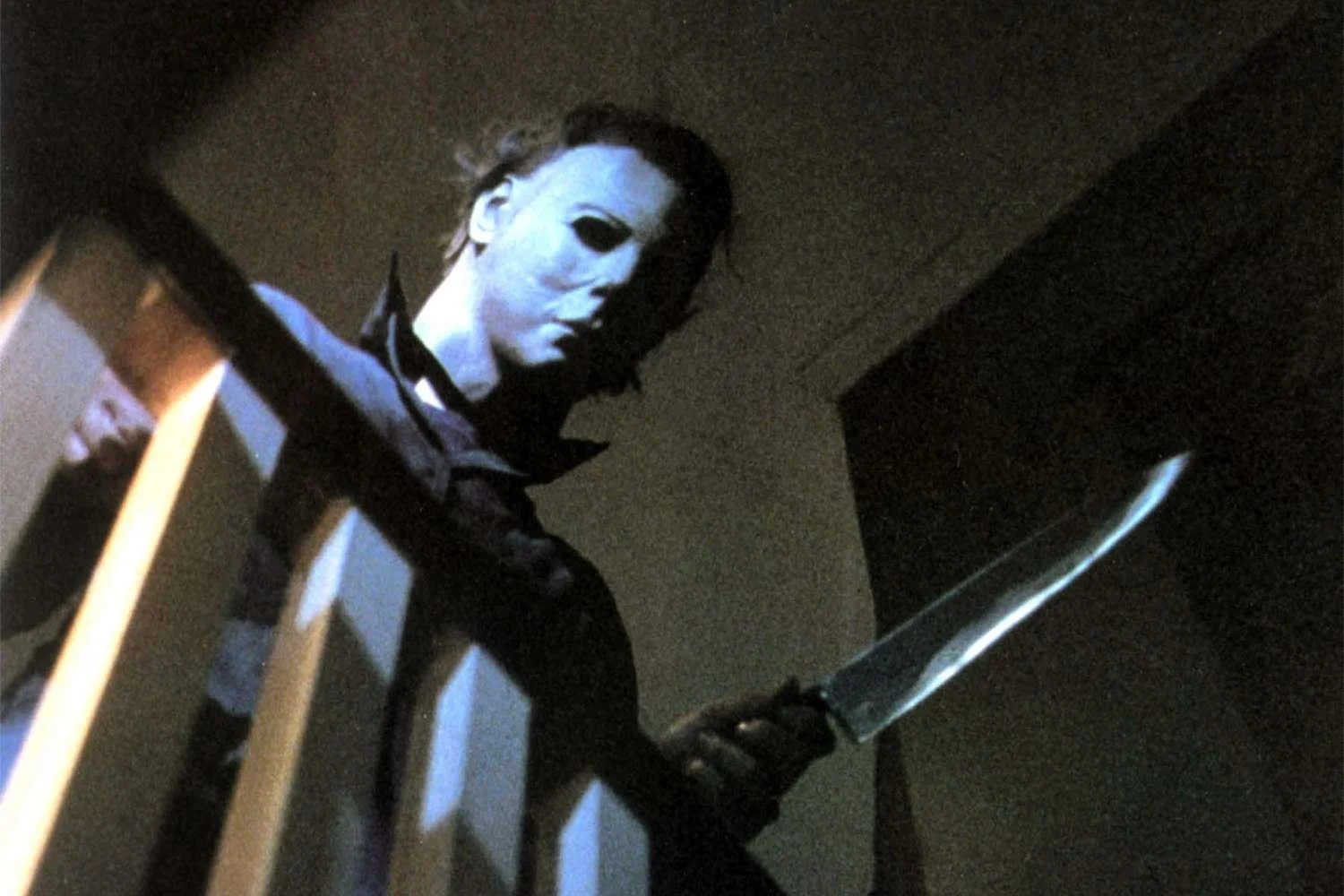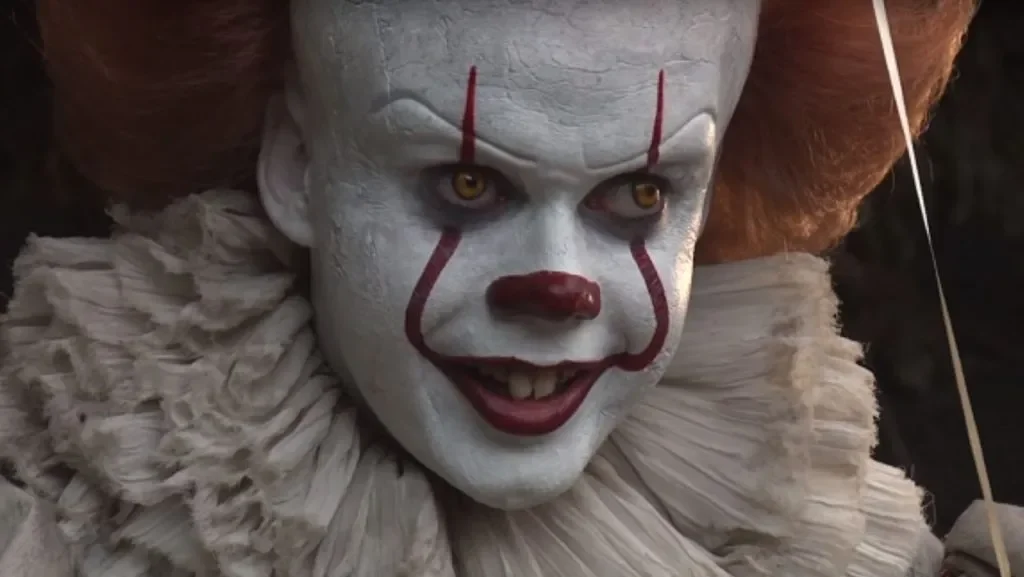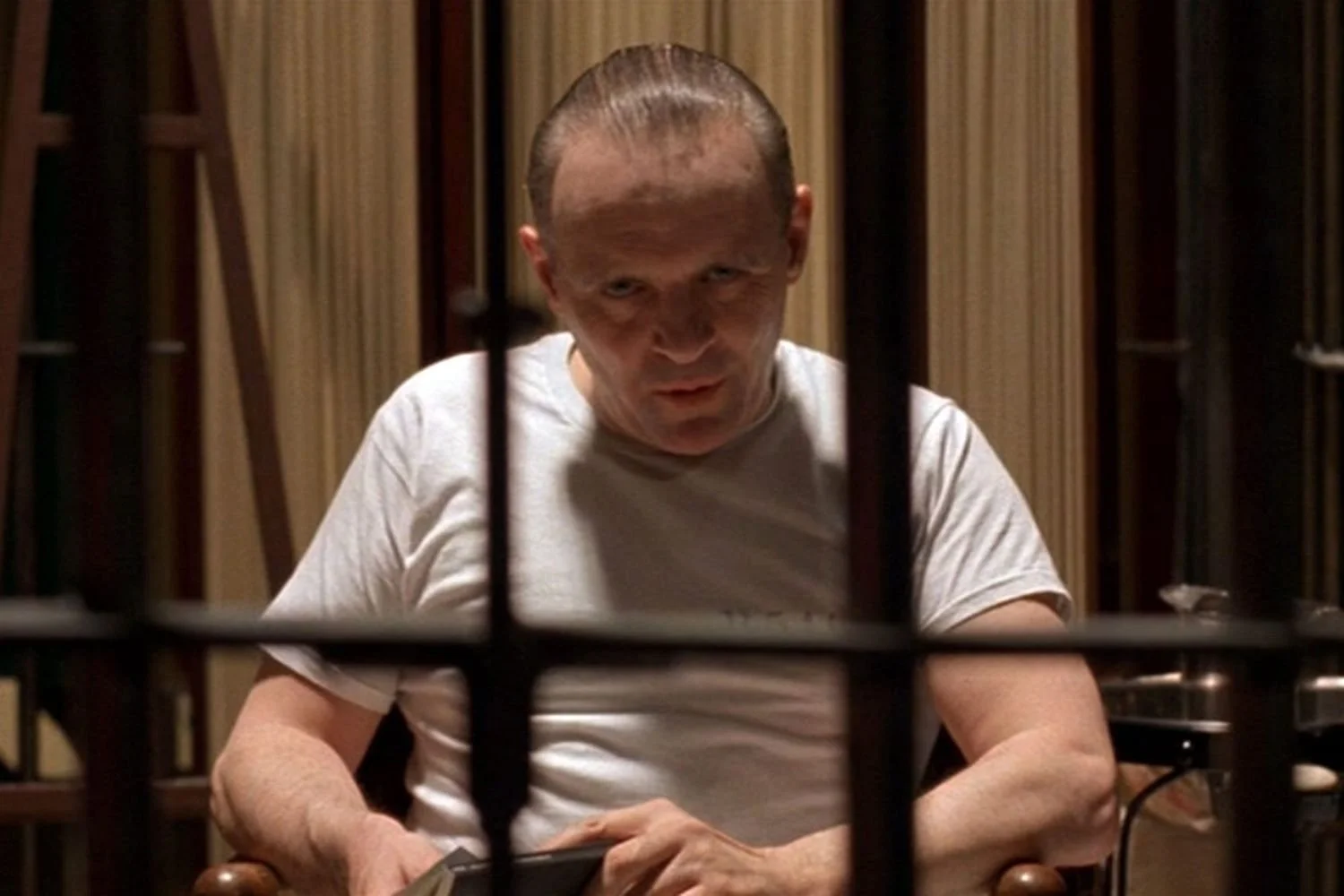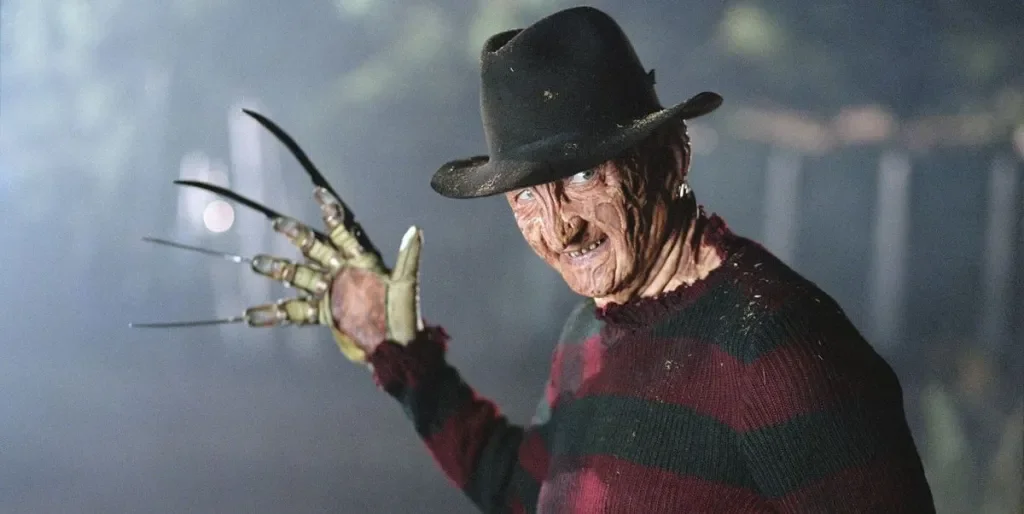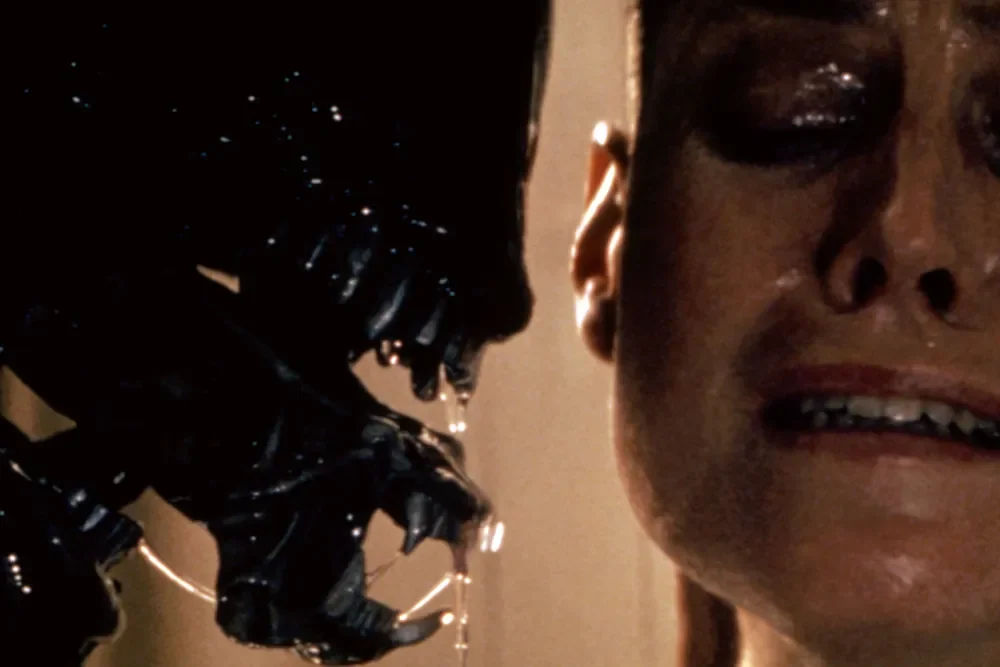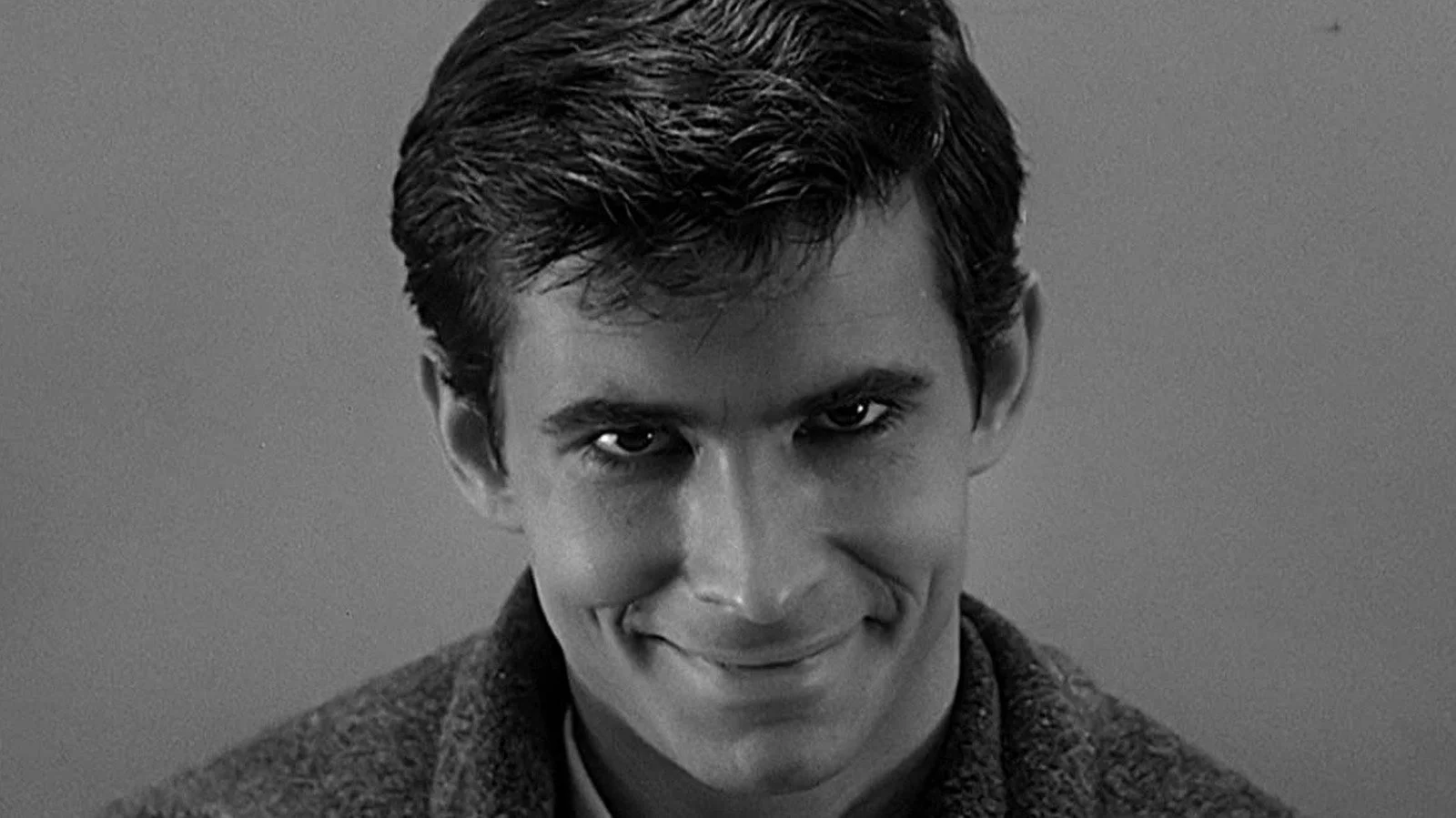10 Iconic Horror Movie Villains – Ranked by Scare Factor
Graphic Via The Cinema Group
From Ghostface to Michael Myers, these are the monsters that still haunt our dreams.
Every generation has its monster. From masked killers to demonic entities, horror’s greatest villains do more than terrify — they define eras of fear. Some stalk suburbs in silence. Others live in our minds, whispering through nightmares. But the true icons share one thing: they tap into primal, collective anxieties that no jump scare can match.
In a time when modern horror leans on reboots and elevated dread, the original architects of fear still reign supreme. These are the 10 most iconic horror movie villains — ranked not by body count, but by scare factor: their ability to unnerve, endure, and reshape how we define terror.
10. Michael Myers — Halloween
He doesn’t run. He doesn’t speak. He just keeps coming. John Carpenter’s 1978 masterpiece birthed the slasher archetype, and Michael Myers remains its silent godfather. His white mask — blank as death itself — turned an ordinary suburban street into a killing field. What makes him terrifying isn’t just his brutality, but his patience. Evil, Carpenter reminds us, doesn’t always chase. Sometimes it waits.
9. Pennywise the Dancing Clown — IT
Fear wears a smile. Pennywise preys not just on children, but on innocence itself — a shape-shifting embodiment of trauma that feeds on vulnerability. Whether it’s Tim Curry’s gleeful menace or Bill Skarsgård’s alien grin, the clown is a reminder that terror often comes disguised as play. His true power isn’t his fangs or form — it’s his ability to make us fear what we once trusted.
8. Hannibal Lecter — The Silence of the Lambs
The monster who uses intellect as his weapon. Anthony Hopkins turned Hannibal Lecter into an icon of refined horror — polite, poised, and utterly predatory. He kills with reason, not rage, which makes him even more disturbing. Lecter isn’t a madman; he’s a mirror held up to civilization’s darkest appetites. His conversations with Clarice Starling remain among the most chilling exchanges in film history — not because of violence, but because of intimacy.
7. Freddy Krueger — A Nightmare on Elm Street
He’s the boogeyman who doesn’t wait for the dark. Freddy lives in your dreams — and kills you there. With his bladed glove, sing-song taunts, and burn-scarred grin, Robert Englund’s Freddy redefined horror by fusing imagination with violation. Wes Craven gave nightmares form, and Freddy made sleep itself unsafe. His genius lies in the idea that horror follows you everywhere — even when your eyes are closed.
6. Jason Voorhees — Friday the 13th
A campfire legend turned cultural myth. Jason began as a ghost story — a drowned boy avenged by his mother — but evolved into a symbol of unstoppable retribution. His hockey mask became a logo of fear itself, plastered across decades of sequels and generations of fans. Jason is pure instinct: a hulking void of purpose and pity. He doesn’t haunt; he harvests.
5. Leatherface — The Texas Chain Saw Massacre
Before “true crime” had a name, Leatherface embodied it. Inspired loosely by Ed Gein, Tobe Hooper’s 1974 nightmare introduced a villain without motive — just meat hooks and madness. The chainsaw wasn’t his scariest weapon; it was the normalization of violence in daylight. Leatherface’s home isn’t a haunted house. It’s America — grotesque, rural, and rotting from the inside out.
4. The Xenomorph — Alien
In space, no one can hear you scream — but the sound design of Ridley Scott’s Alien made sure you could feel it. The Xenomorph remains cinema’s most elegant monster: biomechanical perfection, born from H.R. Giger’s erotic nightmares and fueled by maternal horror. It’s not just the predator that terrifies — it’s the invasion, the gestation, the violation of the human body itself. Fear, here, becomes biological.
3. Regan MacNeil — The Exorcist
She began as an innocent child — and became the embodiment of evil itself. The Exorcist isn’t about possession; it’s about faith cracking under pressure. Regan’s transformation — from giggling girl to snarling demon — shocked audiences in 1973 and still unsettles today. Her power lies in inversion: she turns purity into profanity, belief into despair. No CGI has ever matched the primal horror of her voice saying, “Your mother sucks—” well, you know the rest.
POPULAR ON THE CINEMA GROUP
2. Norman Bates — Psycho
Horror’s first great twist — and still its most haunting. Norman Bates shattered taboos, redefined the genre, and birthed the modern killer next door. Anthony Perkins’ performance remains unmatched: tender, trembling, and terrifying. Bates isn’t a monster who hides in the dark; he’s the one who smiles as he hands you your motel key. Hitchcock made us realize that evil doesn’t wear a mask — it wears kindness.
1. Ghostface — Scream
He’s not supernatural. He’s not immortal. He’s us. Ghostface earns the top spot because he represents horror’s most terrifying truth: fear evolves. Born from satire, Scream’s masked killer turned genre tropes into weapons — forcing audiences to confront their complicity in the violence they cheer for. Every phone ring, every meta monologue, every knife slash reminds us that horror isn’t dying; it’s reinventing itself.
Ghostface is the villain who keeps horror alive — adaptable, self-aware, and always one call away.
Why We Still Watch the Dark
The icons endure because fear does. Whether mythic, monstrous, or mundane, horror villains hold a mirror to our collective psyche. They remind us that no matter how advanced our world becomes, the shadows remain — waiting, watching, whispering.
As long as there’s someone to tell a story and someone to turn off the lights, these nightmares will never die.


